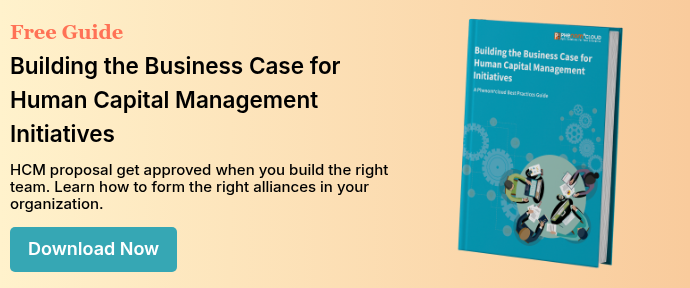
Eleven years ago, we were implementing talent management in the cloud as part of the early innovation in cloud talent management software. One of our challenges was to meld performance management, employee development, career planning, and learning into an integrated, cohesive system.
We integrated development tools, coaching content, and learning management systems into a process that helped employees and managers identify a development need, lay out a plan, and deploy targeted learning and development. By today’s standards, the tools were crude, but the components were there, along with the idea that performance, development, and learning should be part of a unified platform.
Coming back to talent management after a few years in other pursuits, we were surprised to see that talent and learning were still separate disciplines competing for resources within their organizations.
Talent and Learning as Separate Disciplines
As far back as we can remember (a long time), Human Resources and Training were regarded as separate career paths and disciplines. Training in the 1980s was a different world from life as an HR professional in the 1990s. Trainers developed and delivered training. Period. HR people did everything, including training.
Even the major researchers in the human capital industry treat the disciplines as separate. They have different maturity models experts often discuss in isolation.
The Trend toward Talent and Learning Unification
Our colleagues at SkillSoft are attempting to change that with a unified maturity model bringing talent and learning into the same framework. The purpose is to break down organizational silos to create a unified effort to attract, retain, and develop talent to create an agile learning organization.

Top talent will not remain in an organization that does not give them growth opportunities. Without the right talent, the organization cannot meet its current and future challenges.
A continually developing workforce is a requirement for success. Research from the Aberdeen Group shows us top-performing organizations create a better workforce through performance-based learning. They empower employees to grow, and they provide learning that supports the business strategy.

The competitive marketplace today demands highly skilled talent in the quest for productivity. Workforces need to adapt quickly to changing conditions. Growth opportunities attract top talent, and engaged top talent is many times more productive. Top talent will not remain in an organization that does not invest in their growth. Unifying the entire talent lifecyle with learning is a business imperative.
Technology Should Not Be a Barrier
Today’s technology provides integrated platforms. Enterprise-class talent management suites include learning applications, and many LMS vendors have expanded their suites into talent management. Integrations have become so commonplace that separate vendors in talent management and learning are not a barrier.

If technology is a barrier in your organization, we recommend you work with an independent human capital management technology provider to start a conversation about a learning and talent management model that will support your organization’s future growth.
PhenomᵉCloud is a comprehensive technology solutions provider committed to empowering businesses to overcome challenges, enhance their workforce capabilities, and achieve superior outcomes.


Leave a Comment